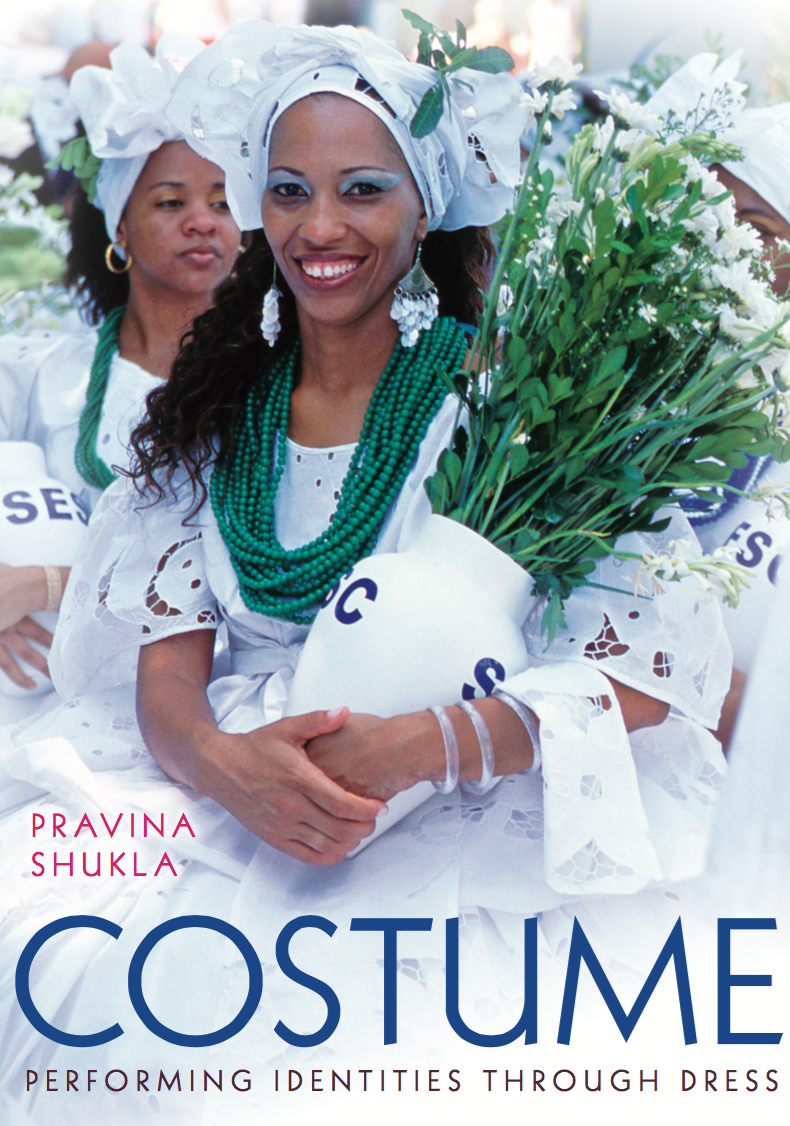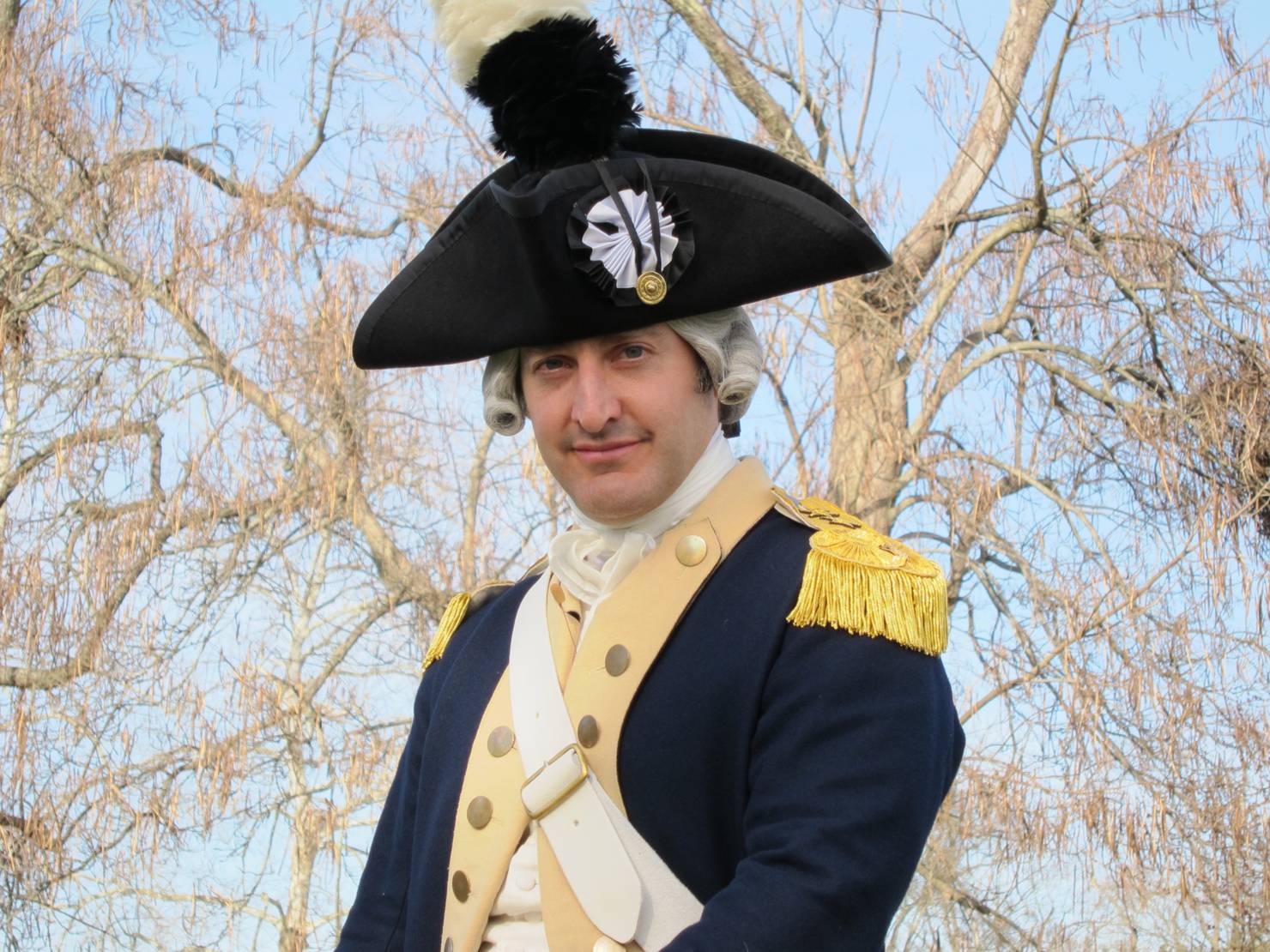By Pravina Shukla (Guest Contributor)
Every one of us gets dressed in the morning, every day of our lives. We dress to accommodate social and environmental factors, and to reflect our personal aesthetics and identities. Sending meaningful messages through dress is one way in which people engage in a daily artful endeavor, participating in what folklorists call “creativity in everyday life” or “artistic communication in small groups.”
Daily dress reflects personal identity; what we wear is affected by our body, age, gender, socio-economic class, personality, and style. Dress is who we are. Costume is often described as the clothing of who we are not. Costume is thought to be the clothing of others, of the people we are pretending to be.
In this book, I show that costume – like dress – is the clothing of who we are, but it signals a different self, one other than that expressed through daily dress.
Costume is set apart from dress in its rarity, cost, and elaborate materials, trims and embellishments, and in its pronounced silhouette, or exaggerated proportions. It is not meant to be ordinary, but, rather, evocative, urging the daily further along an artistic trajectory that leads to heightened communication and often culminates in a spectacle for public consumption. There is an implicit alternative persona that the costume permits its wearer to assume.
We all have multiple identities, and some of these are only expressed by means of a costume. Through particular case studies and rich ethnographic data, I will show how costume always functions to express identity.
Many of the examples of costume in this book are characterized by their wearers as transformative, as changing the wearers and the beholders somehow, taking them to mythical places, emotional depths, and off on magical journeys. In costume, people are engaged in some sort of performance, inhabiting one of the stages or dreams of their lives. They choose their clothing to fit the aim of their performance, its audience, and their own intention of meaningful communication. Like ritual, costumed events are distinct from daily existence, and therefore they allow for extreme forms of dress to aid in the formation of an alternative identity.
The book starts in Brazil where race, politics, and resistance are communicated through carnival costumes. Next it goes to Sweden where the folk costume is used as an expression of heritage. The following three chapters focus on historical awareness and education: the amateur garb of the Society for Creative Anachronism, the recreated military uniforms of Civil War reenactors, and the professional costumes of interpreters at Colonial Williamsburg. The next chapter centers on folk drama and the theatre stage.
All clothing is chosen to meet the personal and social needs of the self, and a study of costume helps refine our understanding of the function of all dress in life. In As You Like It Shakespeare’s Jacques says:
“All the world’s a stage,
“And all the men and women merely players;
“They have their exits and their entrances,
“And one man in his time plays many parts,”
The first two lines are often quoted, but the last two lines are the ones that hold particular importance for this book; throughout our lives we play many parts. Daily dress is the clothing for some of those parts, but costumes enable other parts to be played on the various stages that life slides beneath our feet.
 Pravina Shukla is Associate Professor in the Department of Folklore and Ethnomusicology, at Indiana University. She is the author of The Grace of Four Moons: Dress, Adornment, and the Art of the Body in Modern India (Indiana University Press, 2008), winner of the Milia Davenport Award of the Costume Society of America and of the Coomaraswamy Book Prize of the Association for Asian Studies. She is also the co-editor of The Individual and Tradition: Folklorist Perspectives (Indiana University Press, 2011).
Pravina Shukla is Associate Professor in the Department of Folklore and Ethnomusicology, at Indiana University. She is the author of The Grace of Four Moons: Dress, Adornment, and the Art of the Body in Modern India (Indiana University Press, 2008), winner of the Milia Davenport Award of the Costume Society of America and of the Coomaraswamy Book Prize of the Association for Asian Studies. She is also the co-editor of The Individual and Tradition: Folklorist Perspectives (Indiana University Press, 2011).

